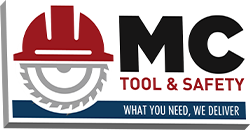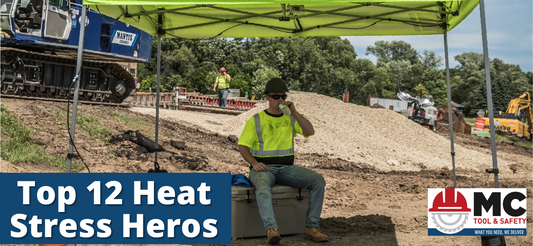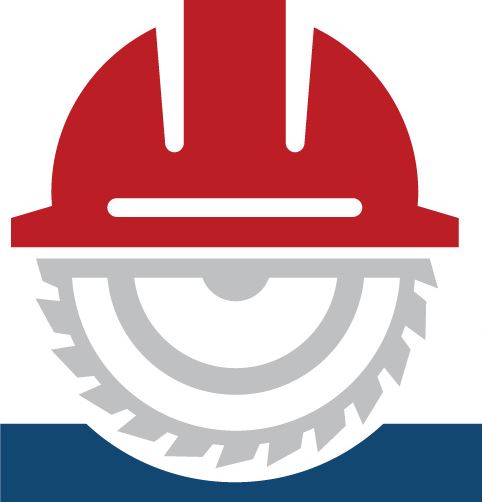Cut-Resistant Gloves: What the Cut is Going On?!
Imagine this: You’re on the job, slinging sharp metal, slicing cardboard like a deli pro, or handling jagged sheetrock edges, and suddenly, yeowch! You just added a new lifeline to your palm. Enter the unsung heroes of the worksite: cut-resistant gloves.
These babies are engineered to protect your hands from cuts, lacerations, and impromptu bloodletting that can ruin your week (and maybe your job). But not all cut-resistant gloves are created equal. That’s where cut ratings come in.
Understanding Cut Ratings: From Butter Knife to Samurai Sword
Cut ratings are like the spice levels on a menu. Some gloves can handle mild danger, others can face steel claws and live to tell the tale.
There are two primary systems to measure cut resistance:
1. ANSI/ISEA 105 (North America)
Cut levels here go from A1 to A9. A1 is your bare minimum cut protection (think paper cuts and minor abrasions), while A9 is the armored tank of hand protection—ready to take on jagged metal, blades, shattered glass, and your coworker’s dull utility knife without flinching.
|
ANSI Cut Level |
Grams to Cut |
Protection Level |
|
A1 |
200-499 |
Light Duty |
|
A2 |
500-999 |
Low |
|
A3 |
1000-1499 |
Moderate |
|
A4 |
1500-2199 |
High |
|
A5 |
2200-2999 |
Higher |
|
A6 |
3000-3999 |
Very High |
|
A7 |
4000-4999 |
Extreme |
|
A8 |
5000-5999 |
Ultra |
|
A9 |
6000+ |
Maximum |

2. EN388 (Europe)
Uses a numeric code (like 4X42F) with the last digit/letter representing cut resistance under the ISO 13997 TDM test. Letters go from A to F (F being the strongest).

"But My Gloves Say Nothing About Cuts!"
That’s because not all gloves are rated—especially cold weather gloves. Many workers layer with cut-rated inserts underneath thick, warm gloves. Smart move, since most cold-weather gloves are about as protective as your grandma’s mittens when it comes to sharp objects. Just because they're insulated doesn't mean they're invincible.
But it’s not just winter gear that comes up short. Everyday work gloves—like basic leather drivers, cotton knits, or even some grip-enhanced gloves—often feel tough but offer little to no certified cut resistance. That means you might feel protected while handling sharp materials, but without a rating, you’re rolling the dice.
If your glove doesn't list a cut level, assume it wasn't tested or wasn’t designed for that kind of hazard. And let’s face it—gloves aren’t magic just because they cover your hands. They need to be purpose-built for the risks you face.
So when it’s cold, layer up smart: warmth on the outside, cut resistance on the inside. And the rest of the year? Make sure your go-to gloves don’t just look the part—they actually play it.
High Cut Ratings + High Dexterity = Modern Miracle
Once upon a time, high cut rating gloves were about as flexible as cardboard. You'd put one on, and suddenly your hand moved like a plastic action figure. Today? You can get A6-rated gloves that feel like second skin. Thanks to modern materials like HPPE, Dyneema, and engineered yarns, you can be safe and nimble.
Even gloves rated A7 and higher have come a long way, offering impressive flexibility without sacrificing protection. It's the closest thing we've got to Iron Man tech for your fingers—only without the risk of shooting lasers by accident. Whether you're threading wire, using hand tools, or just trying to open a stubborn granola bar, you don't have to choose between safety and dexterity anymore.

Why Cut-Resistant Gloves Save Hands and Paychecks
Cut injuries are no joke. According to the U.S. Bureau of Labor Statistics, over 120,000 hand injuries requiring days off work happen every year, and nearly a third are from cuts or lacerations. That’s a lot of band-aids, worker's comp claims, and sad high-fives.
Wearing the right glove reduces hand injuries by up to 60%, and the right cut level ensures you’re protected from your specific workplace hazards.
When workers use inadequate protection—or none at all—those split-second slips with box cutters or shattered glass can turn into hospital visits, missed paychecks, and long-term damage. And it doesn’t just hurt your body; it hurts your team. Lost time means lost productivity, project delays, and increased strain on coworkers who now have to pick up the slack.
The ripple effect of one cut injury can be huge. The right gloves help stop that ripple before it starts. Investing in proper PPE isn't just compliance—it’s common sense, and in many cases, it’s what keeps you on the job, fully functional, and fist-bumping instead of finger-wrapping.
Final Word
Cut-resistant gloves are a no-brainer for jobsite safety. Know your rating, pick the right glove, and don’t let a blade ruin your day (or your hand).
And remember: If you’re layering for winter, make sure your insert is cut-rated—because frostbite isn’t the only thing trying to take a finger.
Call us 763-786-5350,
Message us @info@mcsales.com,
or swing by 2851 84th Ln NE, Blaine, MN 55449
to get hands-on with the system that keeps your crew clicking.
Work smart, work safe, and get the job done right the first time.











